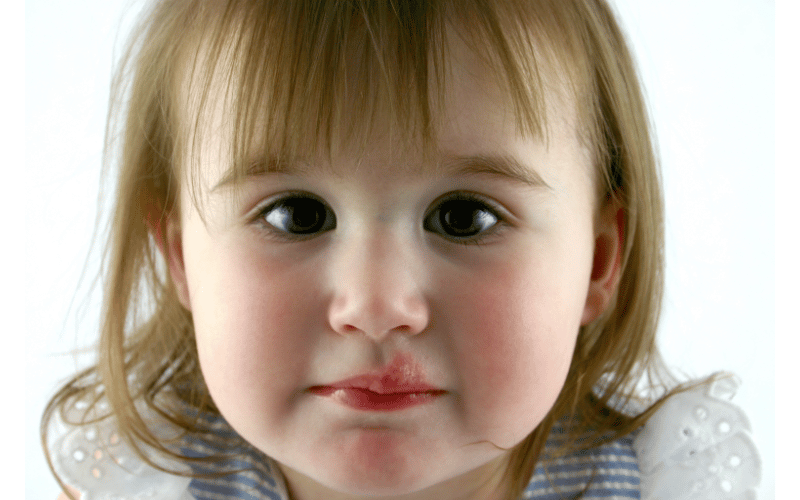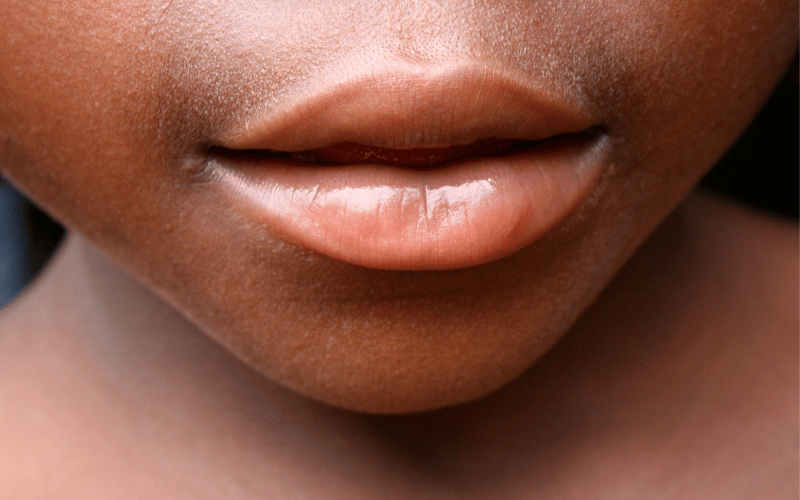Introduction: Navigating the Waters of Cold Sores in Children
Every parent aspires to keep their child healthy and happy. However, sometimes, even the most vigilant and attentive caregivers can be taken aback by unexpected health issues. One such concern is the appearance of cold sores, also known as fever blisters or herpes labialis, especially in children.

Children, with their burgeoning immune systems and playful nature, can easily contract viruses like the herpes simplex, which causes these cold sores. Unlike adults, children might not vocalize or even understand their discomfort, making the recognition of symptoms essential. But, worry not, as understanding these symptoms isn’t rocket science. With some keen observation and awareness, parents can promptly identify and address these pesky sores.
Cold sores can be more than just a cosmetic concern. In children, they can lead to discomfort, mood changes, and, in some cases, complications if not treated timely. This article aims to shine a light on the top symptoms of cold sores in children, helping parents and caregivers differentiate between an innocent bump and a cold sore that requires attention.
1. Swollen, Red Bumps on Lips or Around the Mouth: The Initial Sign of a Cold Sore

Cold sores typically begin their appearance as mysterious, red, swollen bumps around the child’s lips or mouth. It’s not uncommon for these sores to be mistaken for an innocent nick or scratch, especially with the playful nature of kids. These initial bumps, while small, can herald the onset of a more noticeable cold sore outbreak.
Interestingly, these bumps aren’t just random spots showing up without warning. The herpes simplex virus, lying dormant in nerve cells, gets activated under certain conditions, leading to these signs. These early red bumps are the body’s initial response to the virus becoming active.
For many children, these bumps can be accompanied by a peculiar tingling or itching sensation. The sensation is the virus making its way from the nerve cells to the skin’s surface. Unlike the common bumps from play injuries, these have a distinctive clustering pattern, often forming a tiny group of blisters.
In the world of cold sores, these red bumps are the proverbial “calm before the storm”. In the next stages, they’ll evolve into fluid-filled blisters which might be more bothersome for the child. Observing these bumps’ progression can offer insights into the cold sore’s lifecycle and the stage it’s currently in.
The key takeaway? While these bumps may look insignificant, they represent the primary visual cue of an impending cold sore. Their clustered pattern and accompanying sensations set them apart from other common childhood skin anomalies. (1)